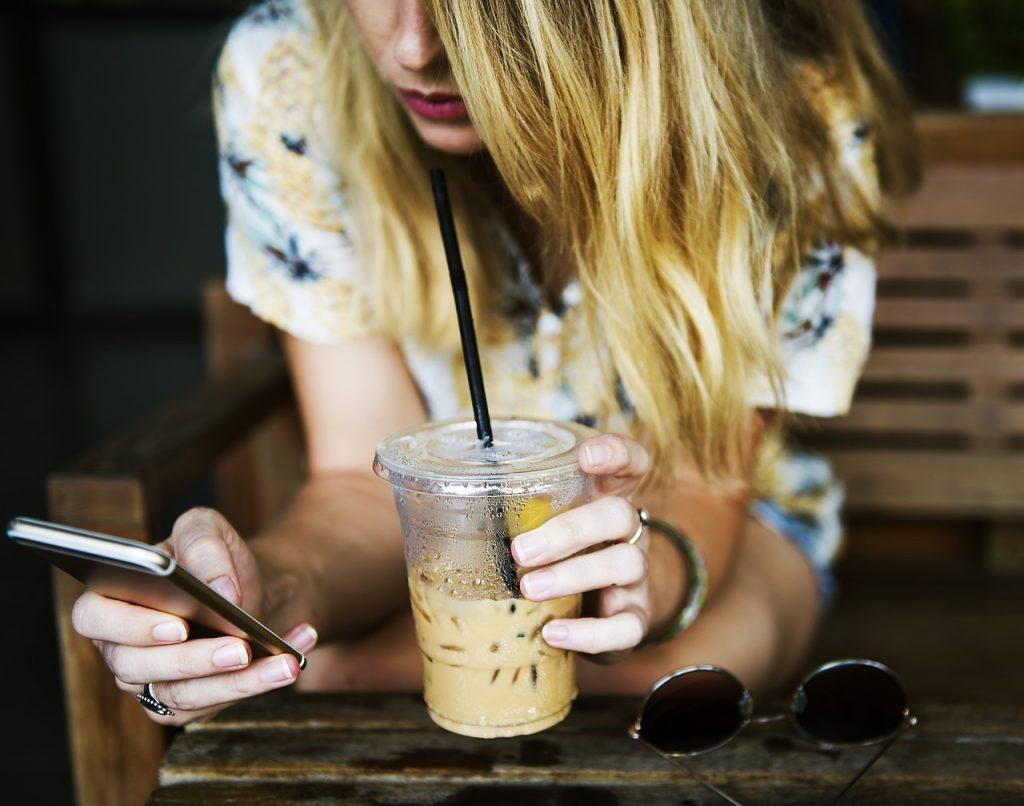If “CBD” doesn’t exactly roll off your tongue now, it will likely join “BBQ,” “BOH” and “GF” in your list of common food and drink acronyms in the next few years.
 CBD stands for cannabidiol. It’s a substance found in hemp (as well as cannabis and other plants) that is finding its way into coffee, tea, sodas, cocktails, beer and smoothies across the U.S.
CBD stands for cannabidiol. It’s a substance found in hemp (as well as cannabis and other plants) that is finding its way into coffee, tea, sodas, cocktails, beer and smoothies across the U.S.
CBD is not THC, the substance in cannabis that gets you high, nor it is just for Millennial hipsters. In fact, it’s more likely to be used by Baby Boomers looking for non-addictive pain relief from their arthritic hips and old athletic injuries. Non-psychoactive CBD is being used to treat insomnia, anxiety, inflammation, and other medical conditions in humans and their pets. Some hemp CBD extract may still contain a minuscule trace amount of THC.
The culinary team at FDR surveyed the food and drink landscape in 2018 and developed a roster of significant trends that will impact menus 12 to 18 months from now including CBD cocktails and coffee drinks. We noted the fact that even though the jury is still out on CBD benefits, the CBD beverage boom is already underway “in states where medical and/or recreational cannabis is legal and establishments can legally serve infused drinks.” (Read the entire trends report at here.) Now that the 2018 Farm Bill passed to include the legalization of hemp, we are eager to see what develops with CBD hemp oil as well.
For retailers, CBD has a significant potential appeal. Coffee shops and other foodservice operations are up-charging $3 or more for adding CBD to a beverage and consumers are paying.
CBD-Infused Kombucha and Kale Smoothies
Denver’s Carbon Café has CBD cold brew and kombucha on tap. For $2 you can get a CBD “bump” in the form of oil (for hot drinks) or CBD-infused water, coconut water, and bitters for adding to other beverages. Carbon’s next door sister business, Habit Doughnut Dispensary, fries up a popular doughnut with a CBD-infused glaze.
In Philadelphia, Fuel health food restaurants offer CBD-infused smoothies in three flavors such as the Green Dream: Kale, spinach, honey, pineapple, ginger and .5 ml of CBD oil.
Infused Hot Chocolate and CBD Cocktails
Strava Craft Coffee makes serving CBD coffee simple for shops by selling hemp oil-infused dark roasted beans providing 240 mg of CBD per 12 oz. bag – that’s a mild 5 to 10 mg dose of CBD per cup. Strava is served with a surcharge at Precision Pours, an independent Louisville, Colorado-based coffee shop. Owner Brice Young recently added flavored CBD oils to the menu that can be steamed in milk and included in coffee, tea, chocolate, and other hot beverages. This allows the dosage to vary up to 20 to 50 mg CBD per cup.
Even adult beverages are being crafted using the hemp extract. Bubby’s, a two-location New York City eatery, offers iced tea, coffee, and lemonade sweetened with house-made Azuca CBD-infused sugars and syrups that deliver 25 mg CBD per serving. Even cocktails like the Banana Rum Old Fashioned can be ordered shaken, stirred, and with CBD. Customers must be 21-plus to order any CBD beverage.
Dad and Dude’s Breweria in Aurora, Colorado is producing the U.S.A.’s first (modern-day) CBD beer: George Washington’s Secret Stash, an IPA made with 100% THC-free hemp extract. The Two Flowers IPA produced by Portland’s Coalition Brewing Co. provides 5 mg or more CBD per 16 ounces.
Finally, numerous bottled beverages are in the pipeline vying to be the La Croix of CBD bubbly. Besides Arizona’s Alkaline Water Company, California’s Sprig is bottling a CBD Melon Zero Sugar soda with 20 mg of hemp-derived CBD, and Recess has a line of canned sparkling water drinks with CBD and adaptogenic herbs.
Anxieties About CBD Beverages Persist
While CBD is a tempting and potentially huge new market opportunity for the food and drink industry, only a handful of pioneers are offering CBD-infused beverages to the public. Even retailers who stock other hemp-based CBD ointments have been reticent about the new CBD-infused food and drink because the legal landscape is still a bit murky.
When hemp was recently legalized by removing it from the Controlled Substances Act, the FDA retained authority to regulate hemp in food products. CBD product packaging and marketing cannot make any therapeutic claims, according to the FDA. While it currently prohibits companies from adding CBD to food as it reviews regulations, some companies are pushing ahead. Laws also vary state to state.
Since legalization, hemp no longer faces one of the major impediments facing the cannabis industry: arranging banking services because of Federal laws.
This is the Wild West period of the great CBD boom where everyone – farmers, chefs, retailers, beverage producers, and restaurant operators – are figuring out a complex business landscape including essential details like how much CBD to put in a latte, milkshake, or spritzer. Extensive scientific studies on the effects of CBD are only now being conducted so the effective dosage is more based on anecdotal reports than research results.
Which Acronym Will Come Next?
It’s not a question of if, but when CBD-infused beverages become a mainstream phenomenon. The price hurdle will lessen as the cost of producing hemp extract is lowered as thousands of acres are planted and supply and competition increase.
By the way: CBD and THC are only two of more than 100 cannabinoids identified in hemp, cannabis, and other plants that are being studied for their therapeutic effects. Expect new acronyms to be added to the menu board in the near future.
Disclaimer: Food & Drink Resources (FDR) does not promote, condone, or advocate drug use. FDR cannot be held responsible for material on its website pages or pages we provide links to that promote illegal activities.
Thanks for stopping by and reading the Food & Drink Resources blog. Here we talk about food trends, culinary innovation, and the work of our team.
